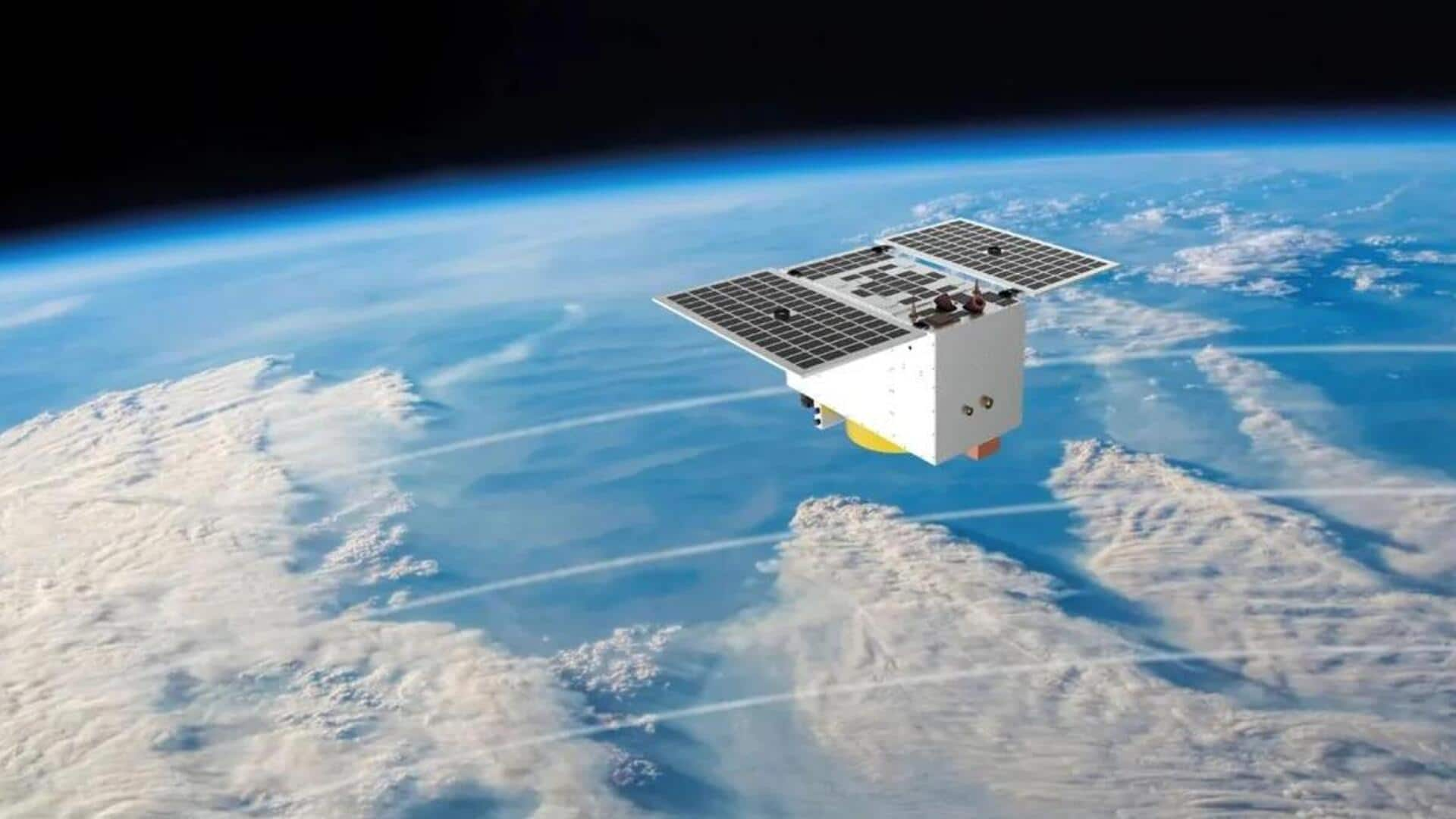
How China's AI-powered satellite will revolutionize Earth observation
What's the story
Chinese firm STAR.VISION has sent an AI-powered satellite called " WonderJourney-1A," or WJ-1A, along with a bunch of six other satellites into orbit. This new AI-equipped satellite will be able to process data in real time without having to send it back to ground control systems. This innovation could potentially revolutionize communication systems and may be used to produce self-controlled spacecraft in the future.
Aim
WJ-1A is set to commence operations soon
"WJ-1A is China's first satellite with artificial intelligence (AI) at its core, featuring a smart operating system, and it will soon be put into operation," said STAR.VISION's co-founder Wang Chunhui. The satellite's onboard intelligent processing unit is called the String Edge AI platform. The satellite is also equipped with high-resolution infrared cameras for performing image-processing tasks.
Information
The satellite can handle real-time observation and processing
"[String Edge AI platform] serves as the satellite's brain, allowing real-time observation and processing. Traditionally, data has to be sent back to a ground control center for analysis and instructions. But WJ-1A can handle it on the fly," said Chen Junrui, a company spokesperson.
Processing
As of now, the satellite's main task is testing systems
Presently, WJ-1A will test the systems and intelligent applications to assess their efficiency in orbit. These applications comprise connections in future smart cars and drones and monitoring environmental conditions like forest fire locations and pest disease. WJ-1A can analyze 10,000 square kilometers and track objects in just a few hours, as opposed to traditional satellites, which take roughly 180 days for performing the same.
Future
'The goal is to enable human interaction with spacecraft'
WJ-1A is being updated so it can become an AI assistant in space and ground teams can communicate with it like they would with ChatGPT. "The goal is to enable human interaction with spacecraft, allowing the satellite to autonomously warn about situations that can't be analyzed from the Earth's surface and continue learning without sending vast amounts of data back to Earth," said Junrui.
Information
'WonderJourney' constellation could be expanded to boost coverage
Given WJ-1A can handle real-time data processing, it will be able to inform ground teams of disasters like landslides and cyclones. The company aims to expand the "WonderJourney" constellation to 20 satellites by the end of 2024 to boost coverage and communication efficiency.